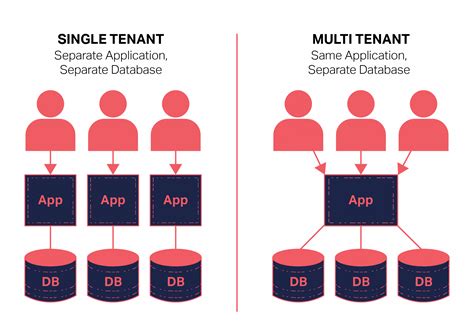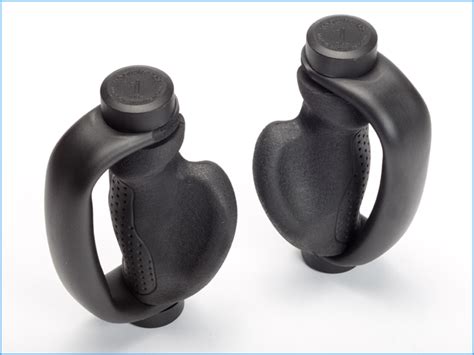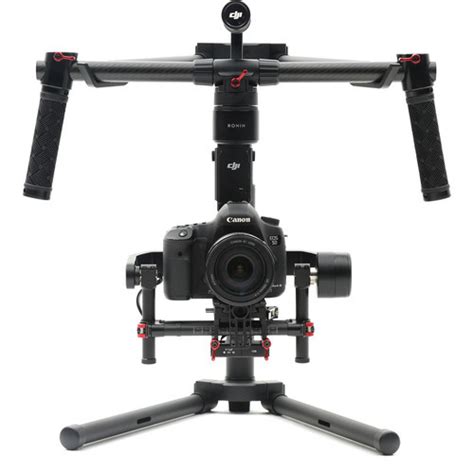Beyond the Tool Count: Prioritizing Real-World Usability
When shopping for a new multi-tool, it’s easy to get sidetracked by the sheer number of implements it boasts or the exotic materials it’s made from. We meticulously compare knife blade types, plier jaw designs, and screwdriver bit selections. Yet, often, one crucial aspect gets pushed to the backburner: how easy is it to actually use those tools when you need them most?

The Critical Overlook: One-Handed Deployment and Ergonomics
For me, the single most overlooked feature I prioritize is the ease and speed of one-handed deployment for key tools, coupled with overall ergonomic comfort. This isn’t just about showing off; it’s about practical utility in dynamic situations. Imagine needing to cut a cable while holding it taut with one hand, or deploying a screwdriver to tighten a loose screw while stabilizing an object with the other. If accessing the tool requires two hands, significant fumbling, or a contortionist’s grip, its utility plummets dramatically.

Many multi-tools, while robust, are designed with a heavy emphasis on compact storage, often sacrificing quick access. The struggle to pry out a tightly nested knife blade or unfold the pliers can be frustrating and, in some emergency scenarios, genuinely unsafe. Tools with external, one-hand-opening blades (often with thumb studs or a hole), spring-loaded pliers, or easily accessible bit drivers elevate a multi-tool from a collection of instruments to a truly efficient problem-solving device.
Why Speed and Comfort Matter in the Field
Consider the myriad situations where a multi-tool shines: camping, hiking, home repairs, or even simple everyday tasks. In many of these, your other hand might be occupied holding a flashlight, steadying a component, or bracing yourself. A multi-tool that demands your full attention and both hands to operate its primary functions introduces unnecessary friction. Furthermore, once a tool is deployed, how does it feel in your hand? Are the edges sharp, or does the handle provide a secure, comfortable grip, especially when applying force? Poor ergonomics can lead to hand fatigue, slippage, and even injury.

This overlooked feature extends to the locking mechanisms as well. While not strictly deployment, a robust, easy-to-engage lock for deployed tools is critical for safety and efficient use. Tools that click securely into place, offering confidence during strenuous tasks, are far superior to those with flimsy or hard-to-activate locks.
Making an Informed Choice
When evaluating a multi-tool, go beyond the spec sheet. Handle it. Try deploying the tools you’d use most frequently – especially the knife and pliers – with one hand. Assess the feel of the grip. Do the tools lock securely? Is there any wobble? These tactile experiences reveal more about a multi-tool’s real-world usability than any list of features ever could. Investing in a multi-tool with superior deployment and ergonomics means you’re not just buying a collection of tools; you’re investing in efficiency, safety, and genuine utility that pays dividends every time you reach for it.





